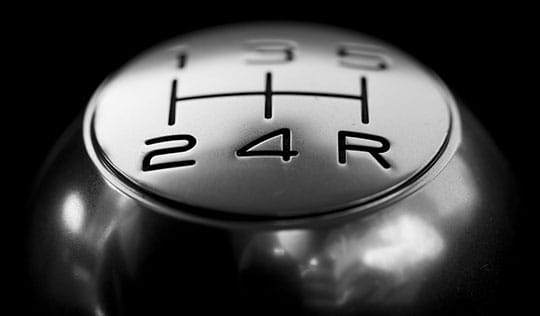When your website page loads, visitors will make a snap judgment about how they feel within less than a second. First impressions are critical, and there are many types of website mistakes, from design to strategic mistakes, that should be avoided. Remember, it’s not just about what the user is seeing, but how the website is being operated from the back to the front end. By avoiding some of the most common mistakes, you’ll be one step closer to getting a sale. As you start planning your design, see how others stack up in your industry and pay attention to what you can do differently, or what styles you can emulate. Here are five bad website mistakes you should avoid:
1. Forgetting About Speed

Your website speed is much more important than you think. Roughly 47% of all users expect a website to load within two seconds or less. Regardless of what you have to offer, site visitors are impatient and tend to want the information they need quickly. Use site speed tools to determine how fast your website is loading. These tools also make it easy for you to identify the hold-up; you’ll gain deep insight into what you can do to change your site speed permanently. After all, there are many things that could be slowing your website speed, such as big images that aren’t optimized, too many ads, a surplus of redirects, and a bad shared hosting plans.
Recommended for you: 7 Tools to Ease the Logo Design Process for your Business.
2. Ignoring Lead Capture Potential

Whether you run a blog or a business, the ability to capture leads and subscribers is crucial. By capturing visitors, you’re able to grow the much-coveted email list. This can be a powerful weapon in the world of digital development. Ideally, no site visitor will leave your page without offering information about themselves. Your chances of capitalizing on their readership and potential loyalty are much higher when you have information about them.
3. Not Backing Up Your Data

Data backups are critical in website design, and far too often, it’s an afterthought for webmasters. Many people shovel dozens of hours or thousands of dollars into website development but fail to implement a digital insurance policy of their own by having reliable data protection and recovery process. There are many situations that may arise that compromise your ability to keep your site up and running.
“Common causes of downtime include hardware failure, loss of power, software failure, data corruption, external security breaches, accidental user error, and malicious threats,” says Michael Fuhrman, the Chief Product Officer at Flexential, a hybrid IT solutions provider. “Legacy technology systems can also create security risks for your business.”
4. Not Planning Your Navigation

Your website navigation isn’t just a couple links that point to pages. Your navigation is actually key to usability. It plays a huge role in determining the success or failure of your site. One bad navigation move could cost you. For example, today’s users expect a horizontal menu along the top of the page, a vertical menu on the life side of the page, or a collapse menu on the upper right corner (for mobile users).
In an effort to be creative, you might consider a non-standard menu; however, this is not the experience the average user is looking for. Non-Standard navigation could result in higher bounce rates.
Another study conducted by the Nielsen Norman Group found that sub-menus, listed as dropdowns, is mostly an annoyance to users, who traditionally move the mouse faster than they can read. Therefore, they’ve already decided to make a decision when they hover their mouse over a navigation link and are burdened with more work as they sort through another long list of options. If you must use sub-pages, keep it at three or below.
You may also like: 7 Tips to Make Your eCommerce Business Wildly Successful.
5. Ignoring White Space

So many webmasters attempt to cram as much information as possible into a page and fail to recognize the design important of white, or blank, space. White space helps your site visitors get a visual break—and also helps your page appear much more balanced and cleaner. And the balance between your graphics, content, and space is very important. Today’s upscale brands are using white space to help their products and key features stand out. Unique typography choices, coupled with white space and great imagery, ultimately help create a great aesthetic that anyone can get behind.





